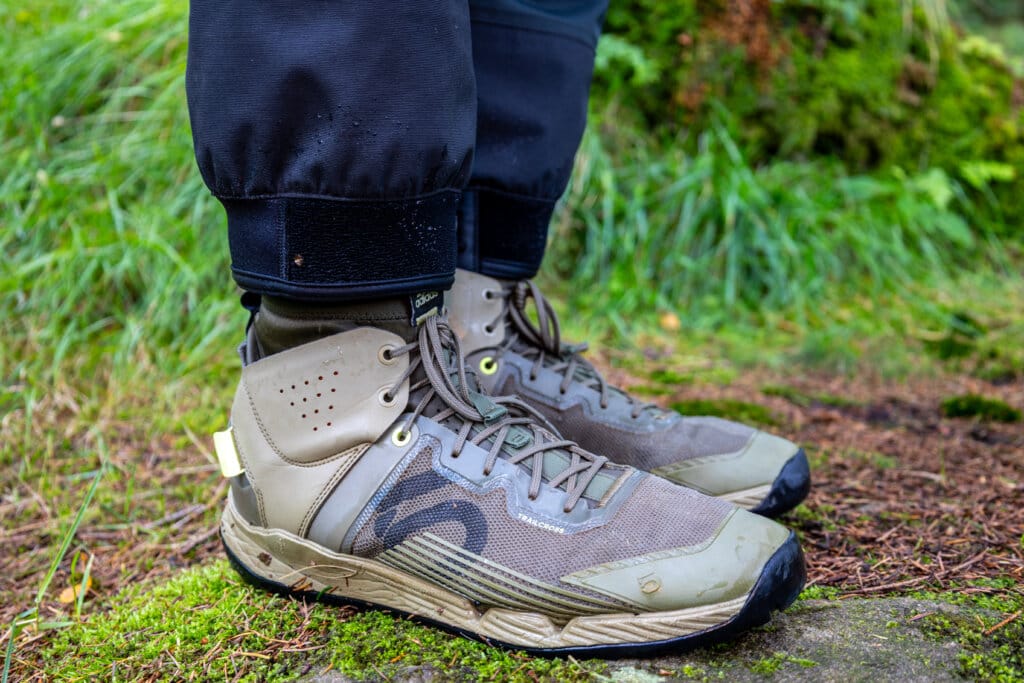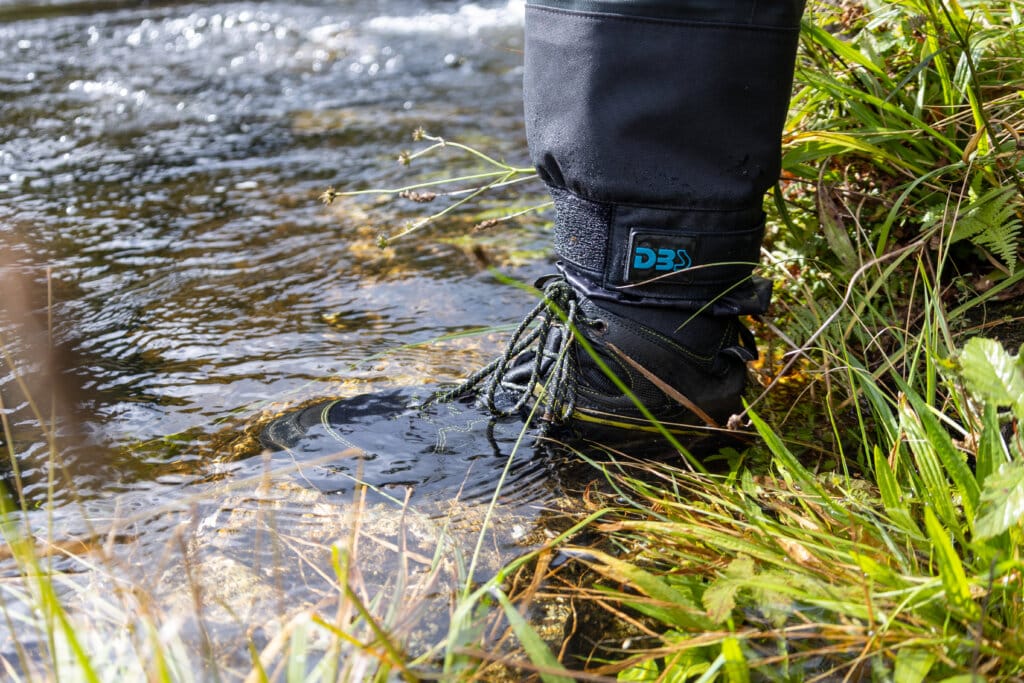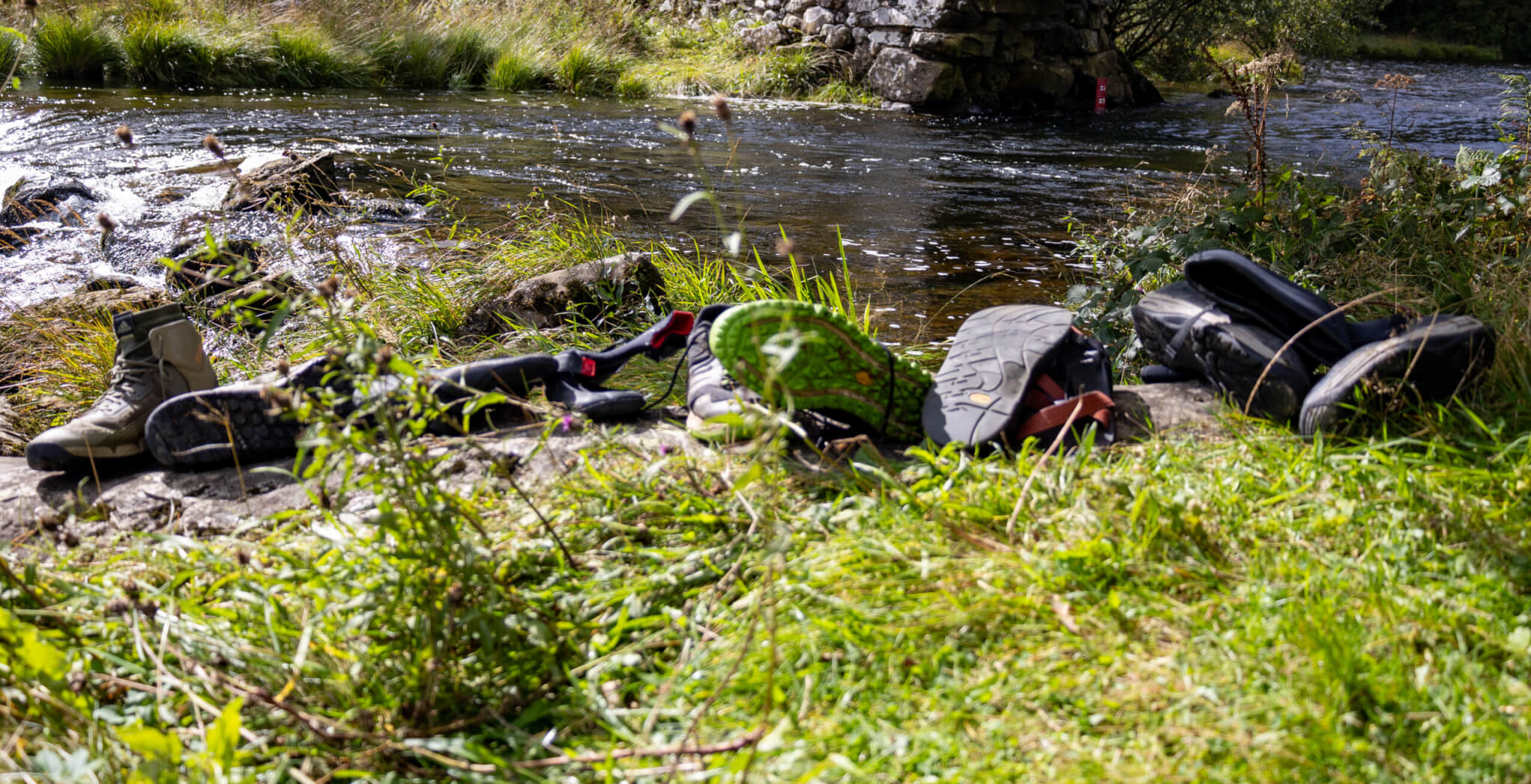It’s an often asked, and perfectly reasonable question from people new to paddling. How and what do you choose from the large selection of available offerings? Now as with the answer to lots of outdoor questions…
It depends…
It depends on where you are doing most of your paddling and the type of craft you are in / on, this often requires a compromise.
If you are mostly paddling in the UK then most of the time it is pretty cold, so thermal insulation is top of the priority list. This is generally achieved in 1 or 2 ways (or a combination of the 2). This is either through the material the footwear is made from or through wearing thermal insulation on your feet AKA socks.

Footwear made from neoprene is generally the warmest. These can range from around 2mm up to 6mm thick. Obviously the thicker the neoprene the warmer the footwear. Neoprene works best when it has trapped a thin layer of water between it and you. This results in wet feet (which can result in some interesting foot fungus, or worse if feet are not dried properly at the end of each day) so if multiple days are planned then some way of keeping your feet dry is a good option… dry suit or dry suit trousers. Woollen socks work well when wet as do PrimaLoft socks although these are an expensive option. Wet suit socks work well if there is little to no insulation in your footwear and you don’t mind wet feet. Do not wear cotton socks your feet will only freeze.
If you paddle on UK rivers then you will spend a chunk of your time on steep often muddy and slippery banks. If this is the case then footwear with a deep tread pattern to cope with the mud is a good idea. Rubber that works well on wet rock is also obviously a great idea. Noting works well on seaweed… go carefully.
If your paddling destination will be rocky and sunny with not much mud (e.g. California) then something with a less deep tread pattern but lots of rubber to maximise your contact with the rock will work well.

Other things to consider are:
- They need to attach firmly onto your feet so that they stay on should you swim.
- The soles need to be thick enough so you can move quickly over sharp rocks to rescue your mate, without doing the “OO Ah dance.”
- Do you want boots that will provide some ankle support / protection but might be a bit on the clumpy side and be difficult to get into your boat / under a kneeling thwart? Or are you less concerned about protecting your ankles but more concerned about having something flexible and therefore possibly more comfortable?
- Wetsuit boots are often the warmest option but often have very thin soles and or soles that are very slippery, especially when it gets muddy.
- Will they fit with warm socks, wetsuit socks and or dry socks on?
- Will they survive the harsh river / sea environment and constantly being wet and then forced dried by you sticking them on the radiator or in a drying room?
Look and think outside the box, my current favourite water shoes are sold as mountain biking boots.


